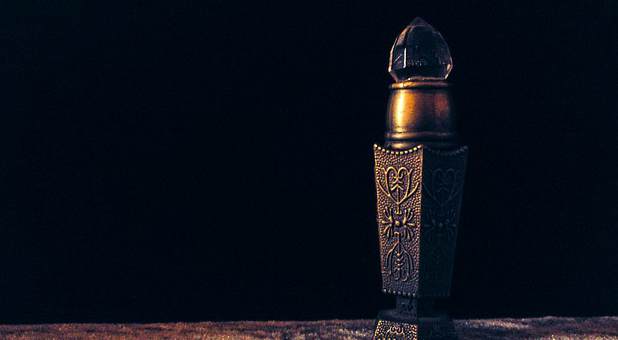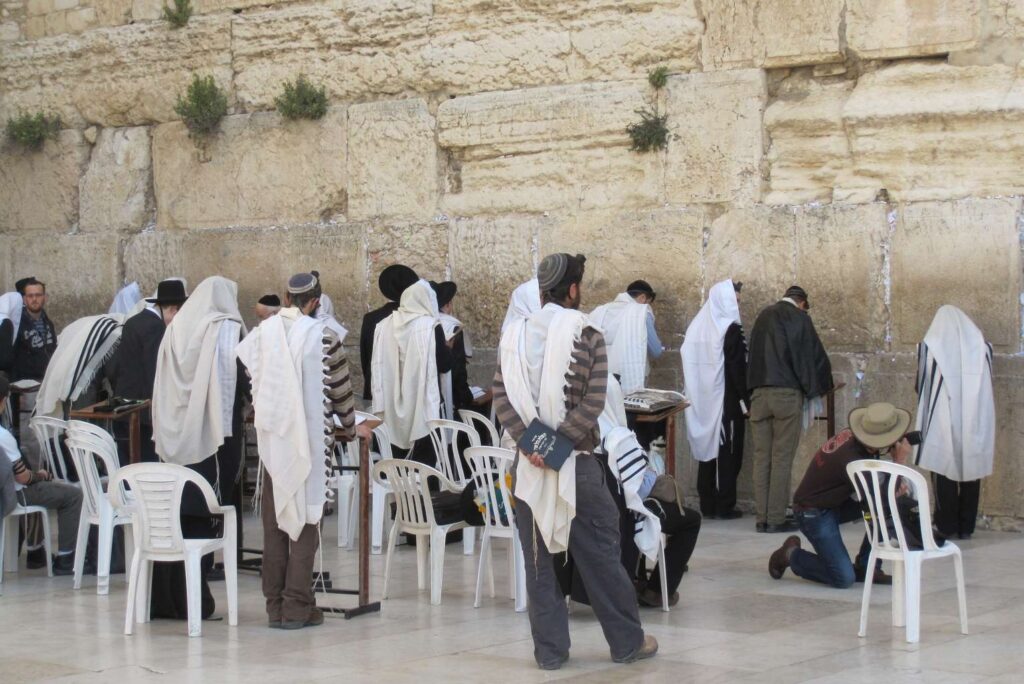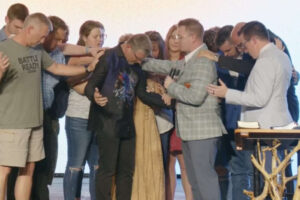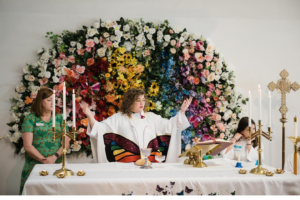Was Jesus anointed by two different women, at different times, in different places and for different reasons? Yes! That will become clear as you read this column. The anointing of Jesus is recorded in all four Gospels. On the surface, the accounts are similar and seem to be varied versions of the same story. However, careful comparison shows Luke’s account to be a totally separate incident.
Compare the similarities: both events occurred at dinner parties honoring Jesus, both women used alabaster boxes of ointment, both homes were owned by men named Simon, and both towns had someone raised from the dead by Jesus (the widow’s son—Luke 7:11-16, and Lazarus—John 11). That is where the similarities end. Every other detail of these separate anointings is very distinct. Observe 10 contrasts between the two anointings of Jesus:
- The Location: Luke’s account occurred in Nain (Luke 7:11, 36) a town in southwestern Galilee. The other Gospels’ accounts occurred in Bethany (Matt. 26:6, Mark 14:3, John 12:1), a town in Judea, two miles east of Jerusalem. So, these anointings took place about 65 miles apart.
- The Timing: The anointing in Luke 7 happened at the beginning of Jesus’ ministry, right after He selected His disciples. The other anointing transpired at the end of His ministry just prior to the Last Supper. So, these anointings occurred roughly three years apart.
- The Hosts: In Luke’s Gospel, Simon the Pharisee invited Jesus to dine at his house. In the other Gospels, Simon the Leper hosted the healer. Presumably, Jesus healed him and he threw a party to honor Him. Otherwise, no one would have attended if he still had leprosy. Simon, a common Jewish name, is ascribed to nine different men in the New Testament, thus the confusion.
- The Women: In Luke’s version, an unnamed, uninvited, unwelcome female intruder crashed the party. In John’s Gospel, Mary, the sister of Martha and Lazarus and a welcome and honored guest, anointed Jesus.
- The Character of the Women: Luke’s account clearly states that the unknown woman was “a sinner.” In fact, Simon the Pharisee concluded, “If this Man were a prophet, He would have known who and what kind of woman she is who is touching Him, for she is a sinner” (Lk. 7:39). Scholars surmise that she was probably a prostitute. Mary, on the other hand, was a saint—a virtuous woman who sat at Jesus’ feet and clung to His every word (Luke 10:38-42).
- The Objection: In Luke 7:39, the objection came from the host (Simon the Pharisee) over the scandalous character of the woman. In the other Gospels, Jesus’ disciples (especially Judas—John 12:4-6) protested only the cost of the ointment.
- The Reason for Anointing: The sinful woman in Luke 7 anointed Jesus in tearful repentance seeking forgiveness for her lurid lifestyle. No tears are mentioned as Mary anointed Jesus out of deep love and gratitude for raising her brother Lazarus from the dead.
- Body Parts Anointed: Luke tells how the sinful woman, perhaps feeling unworthy, stood behind Jesus and kissed and anointed only His feet. Matthew and Mark record that Mary, a close friend of Jesus, poured ointment on His head and John added that she also anointed and wiped His feet with her hair.
- A Parable Attached: In Luke’s narrative, Jesus told a poignant parable about a creditor who cleared two debtors to explain why the sinful woman was so overwhelmed with gratitude for being forgiven. No parable is connected to the anointing in the other three Gospels.
- The Result: Herbert Lockyer observed, “The sinful woman spoke no words, but her actions spoke louder than words.” Jesus assured her, “Your sins are forgiven . . . Your faith has saved you” (Luke 7:48, 50b). Her encounter with Christ resulted in forgiveness and salvation. Her counterpart, Mary, was already an avid believer and follower of Jesus, who said of her, “Wherever this gospel shall be preached in the whole world, what this woman has done will also be told in memory of her” (Matt. 26:13). Mary’s generous act of worship became a legacy forever linked to the Gospel.
Again, both women used alabaster boxes of ointment. The term “box” is a misnomer; it was more like a flask, jar, vial, bottle or cruise—a stone container. Alabaster (gypsum stone) is very soft and easy to carve and polish. Alabaster was used in Bible times to make vases, jars, saucers, bowls, lamps and statues. The container, made in Egypt, contained precious spikenard—a costly oil derived from the dried roots of the nard, an herb of Asia. This oil was imported from India and made into an aromatic ointment.
John’s Gospel gives a quantity (1 pound or 12 ounces; see John 12:3) and a price tag (300 pence, 1 pence was a day’s wage; see John 12:5). Modern perfume bottles contain one to three ounces of fragrance. Mary poured out the entire contents, nearly a year’s worth of wages, on Jesus “and the house was filled with the fragrance of the ointment (John 12:3). The sinful woman in Luke 7, who used this tool of her trade to seduce men, now poured out the scent on her Savior. For Mary, it was likely an heirloom she was saving for her wedding day and the most valuable thing she owned, but she lovingly lavished it on Jesus anyway.
Incidentally, the word “worship” comes from two Old English words weorth (worth) and scipe (ship) meaning “the quality of being worthy.” Both women testified by their actions that Jesus was indeed worthy. The psalmist made this comparison, “Let my prayer be set forth before You as incense” (Ps. 141:2). In John’s visions, the prayers of the saints ascend to God as incense (Rev. 5:8; 8:4). Our sincere worship and earnest prayers are a sweet-smelling aroma in God’s nostrils. As their perfume permeated the houses, so our fragrant praise fills the throne room of God. Like the two women who anointed Jesus, we should offer Him extreme expressions of our worship. Why? Because He alone is worthy! {eoa}
Ben Godwin is the author of four books and pastors the Goodsprings Full Gospel Church. His weekly telecast, The Word Workshop, airs on TV-16 and Charter Cable #10 on Mondays at 9 p.m. and Tuesdays at noon and live streams on TV16HD.com. To read more articles, visit his website at bengodwin.org and take advantage of his 4-book bundle for $25.
See an error in this article?
To contact us or to submit an article





















